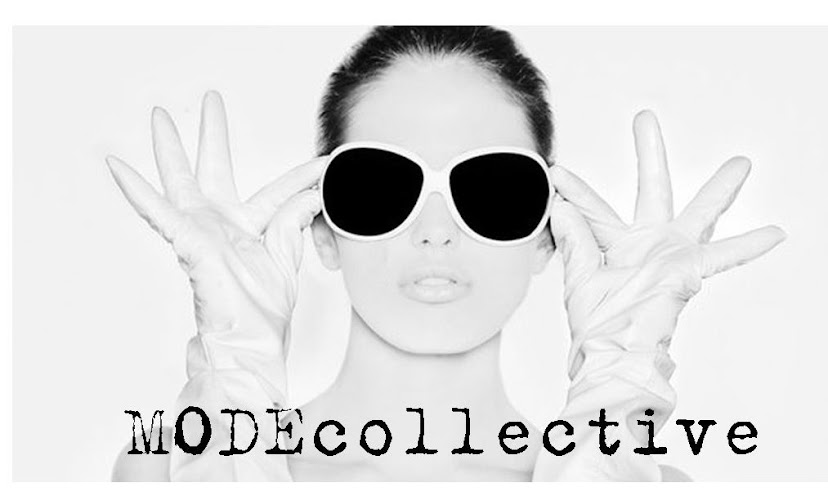Today MODEcollective gave a presentation on the importance of Internal Branding and the correlation with the customer experience, a topic which has been on the top of retailers list of priorities and talking points since the crash in the economy in 2008. In today's' retail environment competitions is at its highest so it is the brand and its people that make the difference in the overall customer experience.
Apple is a phenomenal example of a hot brand that is cutting edge and exhibits a cool image that is appealing to both the hipster and yuppy alike. The product also reflects the philosophy of the brand, it is hip, modern, sexy and cutting edge. But what about the people? Do the people who work for Apple, especially in the front lines of their stores represent the brand? This is the element that is often times forgotten. Branding is not only the philosophy of a company but also the product/services it provides and above all its people. An article from last September's Harvard Business Review perfectly explained the need to create a culture and support the internal branding or culture within a company. The key points in this article explained the need to understand your customer and the relationship between the people in a company and the brand identity and marketing for that company. It closes by asking the questions, " How does your brand shape your culture? How does your culture bring your brand to life?" If the people who interact with the customer daily do not embody the philosophy of the brand of understand it and incorporate it to enhance the customer experience, then the company is missing an integral part of being competitive in today's marketplace.
HBR's: Brand is Culture, Culture is Brand
A perfect example of understanding the power of branding is the case study of Tory Burch. So many publications have written about the power of the Tory Burch brand and her 5 year research into her branding philosophy which took place before she even began designing her first Reva flat. Ms. Burch's background in marketing gave her the insight needed to understand the importance of developing her brand from the beginning and defining what the philosophy was and how it carried through to every aspect of the company, from the product, service, store environment, logo and of course the people. Tory herself is the biggest brand ambassador and marketing tool for the brand. Each function she attends or speaks at is an opportunity to advertise the brand and educate her audience about the philosophy of her brand. She is the perfect model of a successful, well-dressed business woman which relates to her audience and her client.
To break it down to the simplest and most crude level, branding consists of three major areas (the 3 P's of branding as coined by MODE): Philosophy, Product and People.
Additional Reading Material on the correlation between Internal Branding and the Customer Experience
HRM Today
BIZ Community

No comments:
Post a Comment